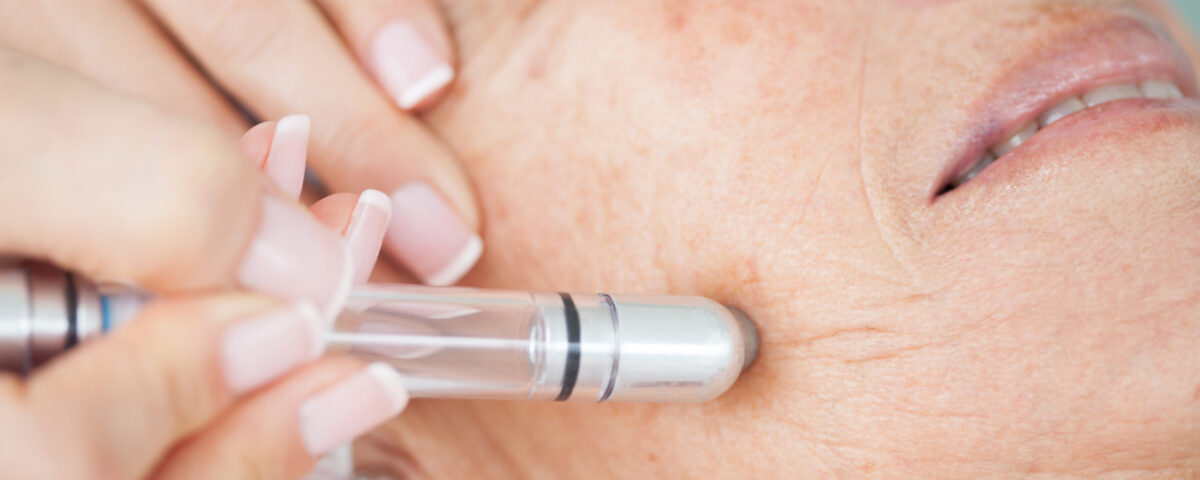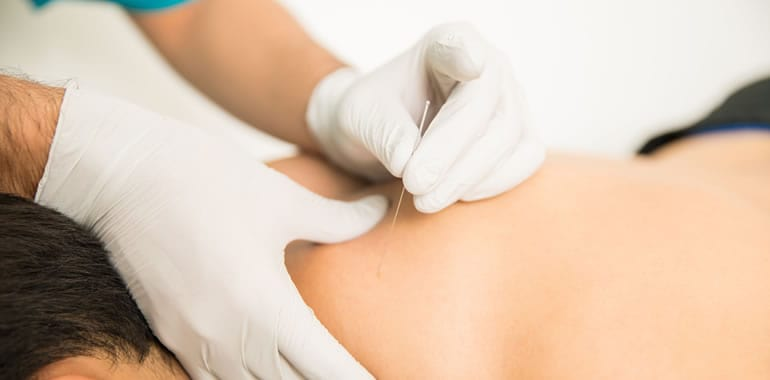
How Obstetrics Can Help You Manage Pregnancy Discomforts and Risks
October 10, 2025
What To Expect From Ulcerative Colitis Treatments
October 13, 2025Skin cancer is the most common cancer in the United States, with an estimated one in five Americans developing it in their lifetime. Following treatment for skin cancer, understanding the path forward is a key part of recovery. Here is more information on dermatologists, the services they offer, and how they monitor the skin after skin cancer treatment:
What Is a Dermatologist?
A dermatologist is a medical doctor who specializes in conditions involving the skin, hair, and nails. These doctors have the qualifications to manage various skin issues, from acne to skin cancer, so they are equipped to handle complex cases. A dermatologist provides comprehensive care for skin health throughout a patient’s life. They also perform cosmetic procedures, helping to improve the skin’s appearance.
What Services Do They Offer?
Dermatologists offer a wide range of medical and cosmetic services, and these services are tailored to each patient’s specific needs. Medical services include diagnosing skin conditions, performing biopsies, and creating treatment plans for skin cancers. They also manage chronic conditions like eczema and psoriasis.
Cosmetic procedures are another area of their practice, and these include chemical peels, laser therapy, and Botox injections. Dermatologists perform screenings for skin cancer, which are a preventative measure for many patients. They can also provide guidance on daily skin care routines.
What Is Skin Cancer?
Skin cancer is the abnormal growth of skin cells, and it most often develops on skin exposed to the sun. There are several types of skin cancer, with basal cell carcinoma, squamous cell carcinoma, and melanoma being the most common. Each type presents with different characteristics and requires a specific treatment approach.
Basal cell carcinoma often appears as a waxy bump, while squamous cell carcinoma can look like a firm, red nodule. Melanoma is the most serious type of skin cancer, and it can develop within an existing mole or appear as a new dark spot. Regular skin checks aid in the early detection of these conditions.
What Does Treatment Involve?
The treatment for skin cancer depends on the type, size, location, and depth of the tumor, and your dermatologist will determine the most suitable option. Common treatments include excisional surgery, Mohs surgery, cryotherapy, and photodynamic therapy. Excisional surgery involves cutting out the cancerous tissue and a surrounding margin of healthy skin, which is a standard procedure for many skin cancers. Mohs surgery is a precise technique where thin layers of skin are removed and examined until only cancer-free tissue remains.
What Happens After?
After skin cancer treatment, follow-up care is a standard part of the process, and it helps to monitor your recovery. Your dermatologist will schedule regular appointments to check the treatment site and examine your skin for any new growths. The frequency of these visits will depend on your specific case.
During these appointments, your doctor will conduct a full-body skin exam, and they may ask about any changes you have noticed. It is a good practice to perform self-examinations between visits to stay aware of your skin’s condition. This ongoing monitoring helps in detecting any potential recurrences early.
Monitor Your Skin Now
Following your skin cancer treatment, consistent monitoring is integral for maintaining your health, and working with your dermatologist is key. Speak with your dermatologist to establish a follow-up schedule that is right for you. They can provide personalized advice on how to care for your skin and what to look for during self-examinations.
- Soutaipasu: Exploring the Unique Japanese Subculture and Fusion Cuisine
- Wollmatten Guide: Benefits, Uses, Care Tips & Buying Advice for Natural Wool Mats
- Jadeitový kameň: Účinky, využitie, druhy a kompletný sprievodca
- Escapamento RD: Guia Completo, Modelos, Desempenho e Como Escolher o Melhor para Sua RD
- Sodiceram: Benefits, Uses, Installation & Complete Guide for Homeowners




